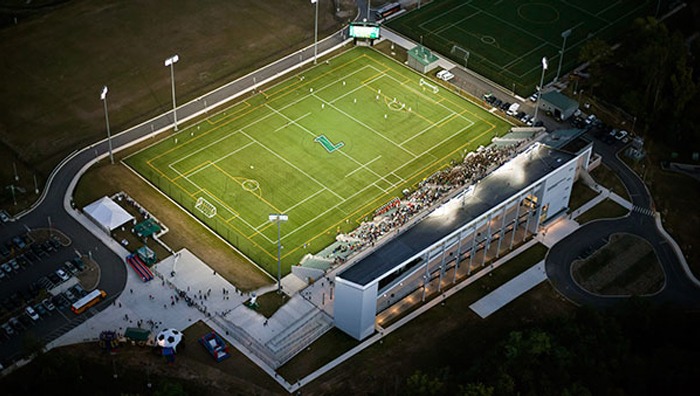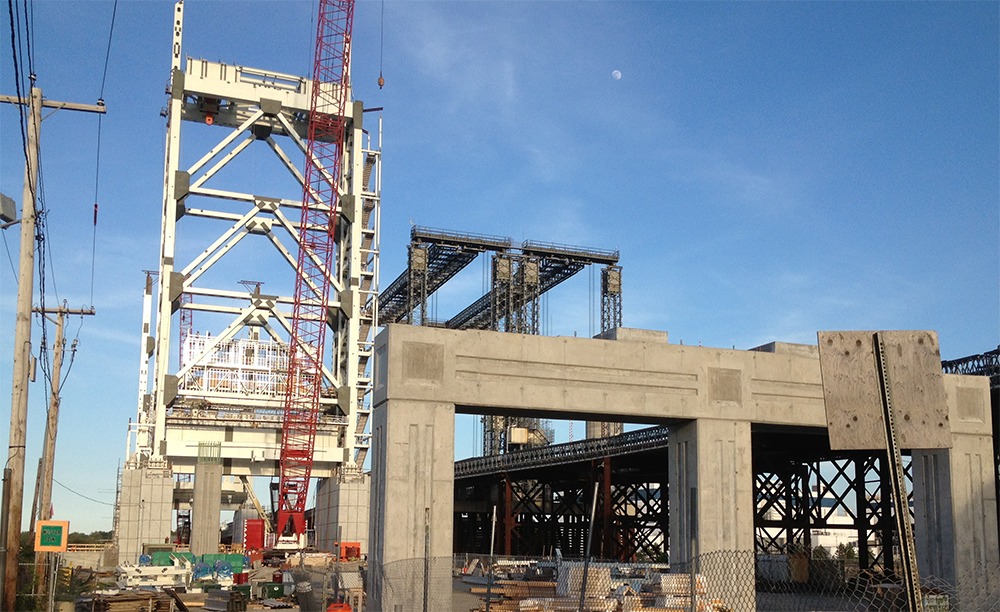
Higher education
Creative geotechnical solutions connect campus to downtown Philadelphia
Summary
- The University of Pennsylvania aimed to connect its campus to downtown Philadelphia and enhance its reputation as a premier urban research university by transforming a derelict 24-acre parcel of land into green space, athletic fields, and public venues.
- We addressed numerous geotechnical challenges and developed an innovative landscape design that combined the experience of a park with state-of-the-art athletic facilities.
- Our ground improvement system reduced anticipated construction costs.
Client challenge
The development of Penn Park was the first phase of the University of Pennsylvania’s (Penn) 30-year master plan, Penn Connects, to connect the campus to downtown Philadelphia, and to enhance Penn’s reputation as a premier urban research university. The vision for the project was to transform a derelict 24-acre parcel of land on the Schuylkill River into green space, athletic fields, and other public venues. The transformation presented several complex geotechnical challenges associated with soil conditions, landscaping, drainage, and construction monitoring.
Our approach
To help Penn deliver on its vision, Haley & Aldrich collaborated with landscape architects MVVA to first address the numerous geotechnical challenges confronting the project. From there, we developed an innovative landscape design that combined the experience of a park with state-of-the-art athletic facilities. Collectively, we developed creative solutions such as the use of ground modification to stabilize the subgrade, reinforcing earth mats to distribute loads, employing multiple foundation types for various structures, and applying highly permeable soils to allow the reuse of on-site stormwater.
The permeable synthetic turf fields do not require mowing, fertilizing, or irrigation and allow rainwater to drain into underground cisterns for reuse in an on-site irrigation system for maintaining the site’s natural plantings, further reducing the university’s costs.






Value delivered
- Reduced anticipated construction costs through a ground improvement system design that supported significant loads from the large earthen berms with little to no impact to the adjacent bridge structures, an active Northeast Corridor Rail Line, and the proposed adjacent high performance athletic fields
- Provided construction monitoring services during site development to ensure that the finished construction met the design intent, including full-time construction monitoring of more than 2,200 ground improvement columns, load testing the ground improvement elements to verify the design’s feasibility, and infiltration testing of the drainage layers for one of the athletic fields
Photos courtesy of Scott Spitzer, Penn Office of University Communications
For more information, contact:

Program Manager, Geotechnical Engineering












